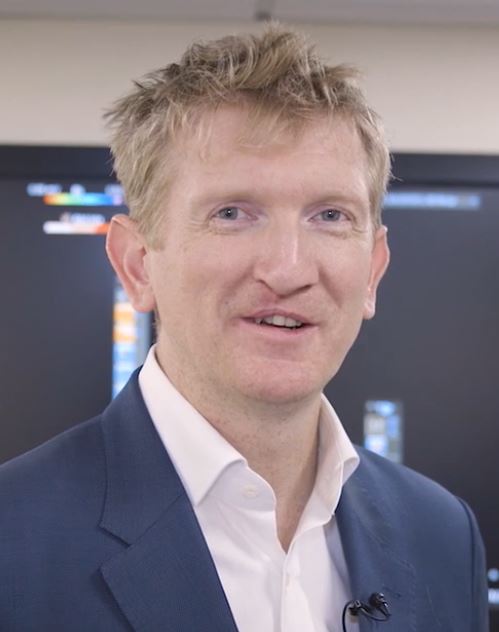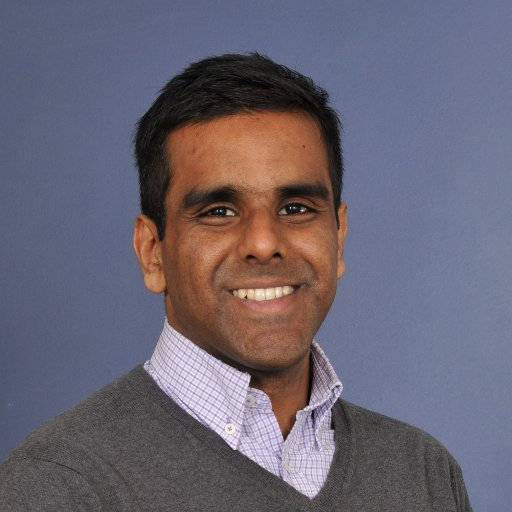16
Nov
2018
16:00
GMT
Webinar
Understanding Radiofrequency Ablation in the Era of Contact Force Sensing
-
Views:
 2751
2751
-
Likes:
 0
0
Overview
In this webinar, Dr Wright, an expert in real-world contact force ablation will discuss and provide an overview of the contact force radiofrequency ablation technique and its effect on lesion size.
Despite the widespread use of RF ablation in daily practice, it is perhaps surprising how much is still not understood about the basics of the biophysics underpinning RF ablation. Contact is fundamental to successful ablation, yet it is only in the last few years that we now have the tools to measure contact while performing ablations.
How we interpret this data among the myriad of factors that affect lesion formation is complicated by the endpoints that we have in clinical medicine. Recurrence of AF is a blunt tool, and even acute recurrence of conduction is relatively poor when we are trying to achieve permanent contiguous transmural lesions.
Faculty:

Matthew Wright

Afzal Sohaib
Key Learning Objectives
- How irrigation rates and power delivery can be optimised.
- An historical overview.
- An outline on the role of contact force with a look at some real life case studies to prove the data.
- It will also consider the role of contact force in the future.
Target Audience
- Cardiologists/interventional specialists
- Allied healthcare professionals such as physiologists, technicians or nurses
Faculty Biographies

Matthew Wright
Dr Matthew Wright is a consultant cardiologist at Guys and St Thomas' NHS Trust and The Heart Rhythm Clinic. He is an expert in radiofrequency ablation for the treatment of atrial fibrillation and complex cardiac mapping technologies.
Dr Wright trained at UCL after being selected for the prestigious MB PhD programme. He specialised in cardiology and electrophysiology. Following training at Oxford, The Hammersmith and St. Mary's, he spent two years at the world-renowned arrhythmia centre in Bordeaux, with Prof. Haissaguerre, Jais and Hocini. He has published over 100 scientific papers and books and is regularly asked to speak at major international meetings.
Dr Matthew Wright is on the Editorial Board of European Cardiology Review.

Afzal Sohaib
Dr Afzal Sohaib is a Consultant Cardiologist at the Bart's Heart Centre in London and Barking, Havering, and Redbridge University Hospitals NHS Trust. Having completed his medical training at University College London, Dr Sohaib undertook training as a Cardiology registrar at centres in North West London including Imperial College Healthcare NHS Trust and Royal Brompton & Harefield Hospitals NHS Trust. His main research interest lies in cardiac electrophysiology and devices, having also completed a PhD studying how biventricular pacemakers deliver benefits in heart failure.
Dr Sohaib has an interest in improving teaching and training in cardiology and has served on the Specialty Advisory Committee for Cardiovascular Medicine at the Royal College of Physicians which designs and oversees the delivery of cardiology training in the UK. Dr Afzal Sohaib is currently on the ESC Cardiologists' of Tomorrow Nucleus initiative, has directed the annual British Junior Cardiologists' Association (BJCA) meeting, and is involved in designing the programme for the ESC Congress.
Dr Sohaib is a member of the Arrhythmia & Electrophysiology Review editorial board.
Key References
1. Afzal, et al. Heart Rhythm 2015
2. Bishop, et al. Europace 2016 . 376–383
3. Borgreffe, et al. JACC 1987
4. Conti, et al. Heart Rhythm 2018
5. Haines, JCE 1991
6. Haïssaguerre, et al, NEJM 1998
7. Lin, et al. JCE 2017
8. Natale, et al. JACC 2014
9. Nakagawa, Circulation 1995
10. Nakagawa, et al. HRS Abstract 2014
11. Otomo, et al. Heart Rhythm 2010
12. Reddy, et al. Heart Rhythm 2012
13. Sanchez-Quintana, et al. Circulation 2005
14. Shah, et al. JCE 2010
15. Taghji, et al. JACC EP 2018
16. Ullah, et al. Heart Rhythm 2018
17. Whitaker, J et al. Circ. Arrhythmia and Electrophysiology 2018;11:e005892
18. Wright, et al. JACC EP 2018
19. Zhou, et al. Anatol J Cardiol 2017







